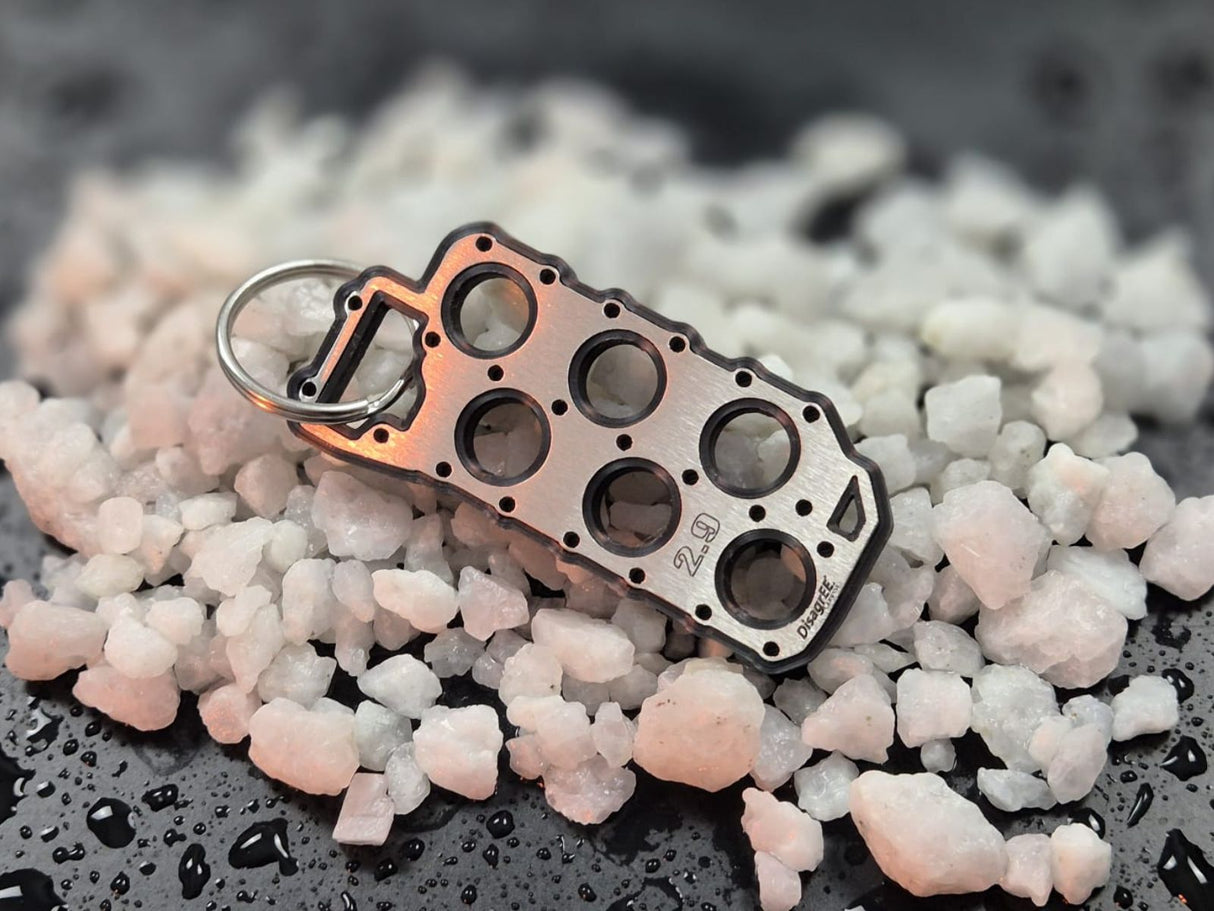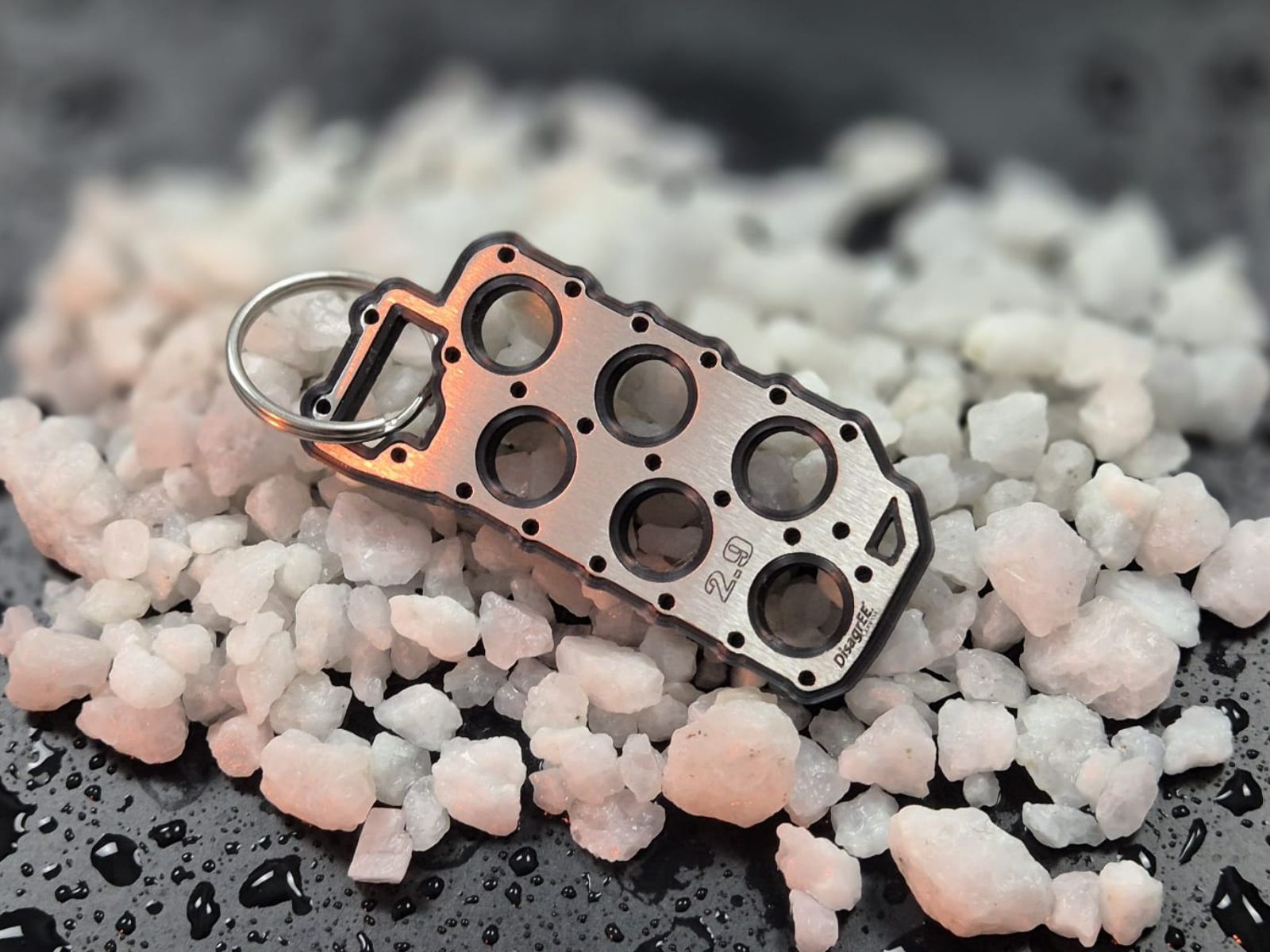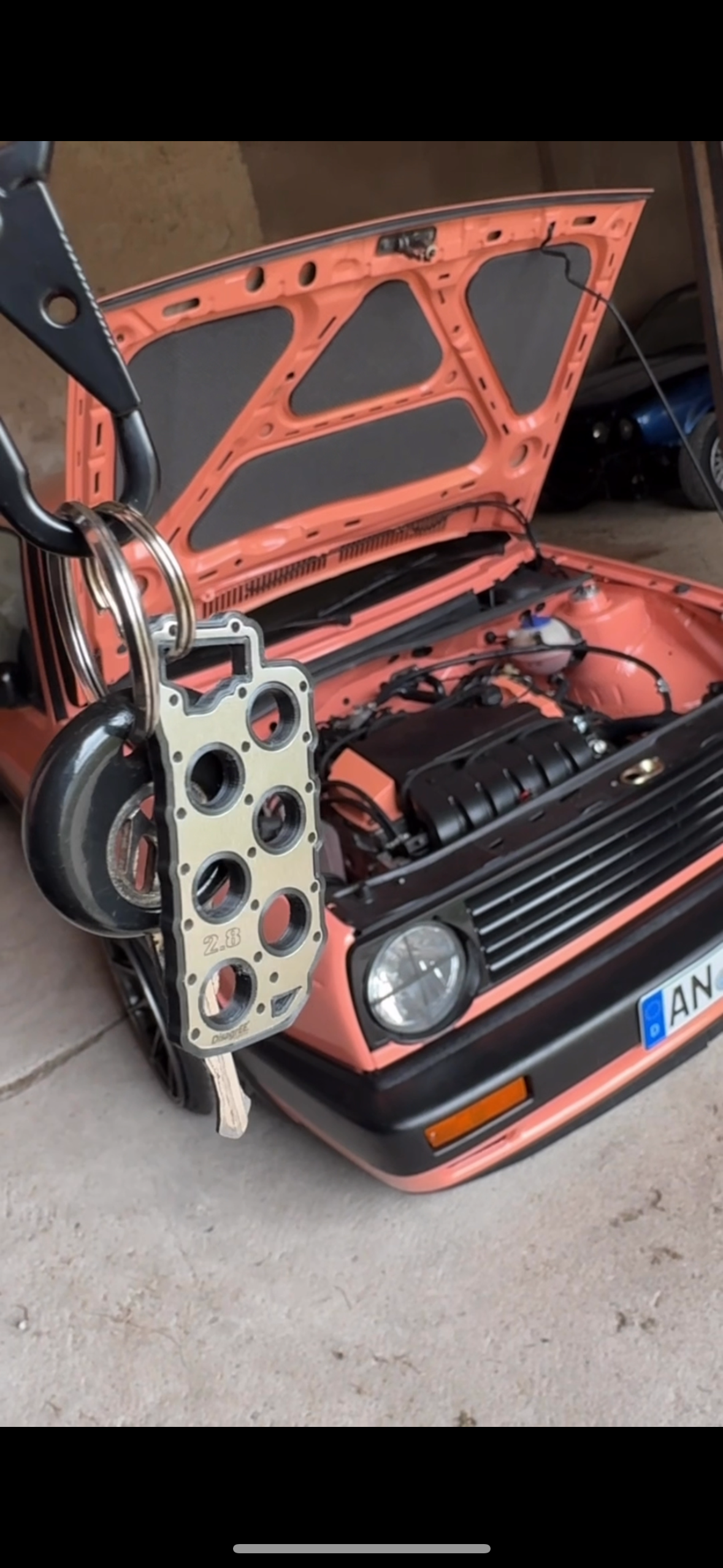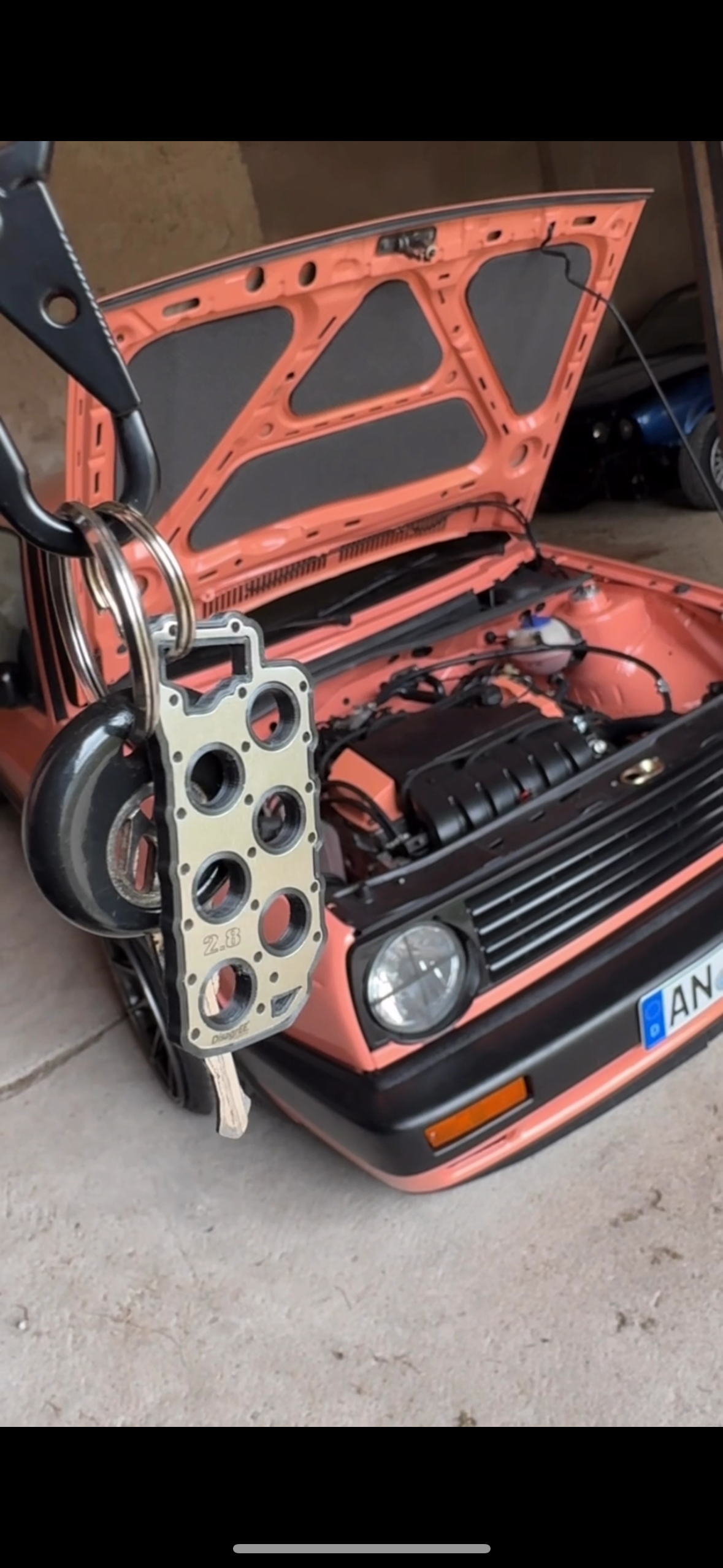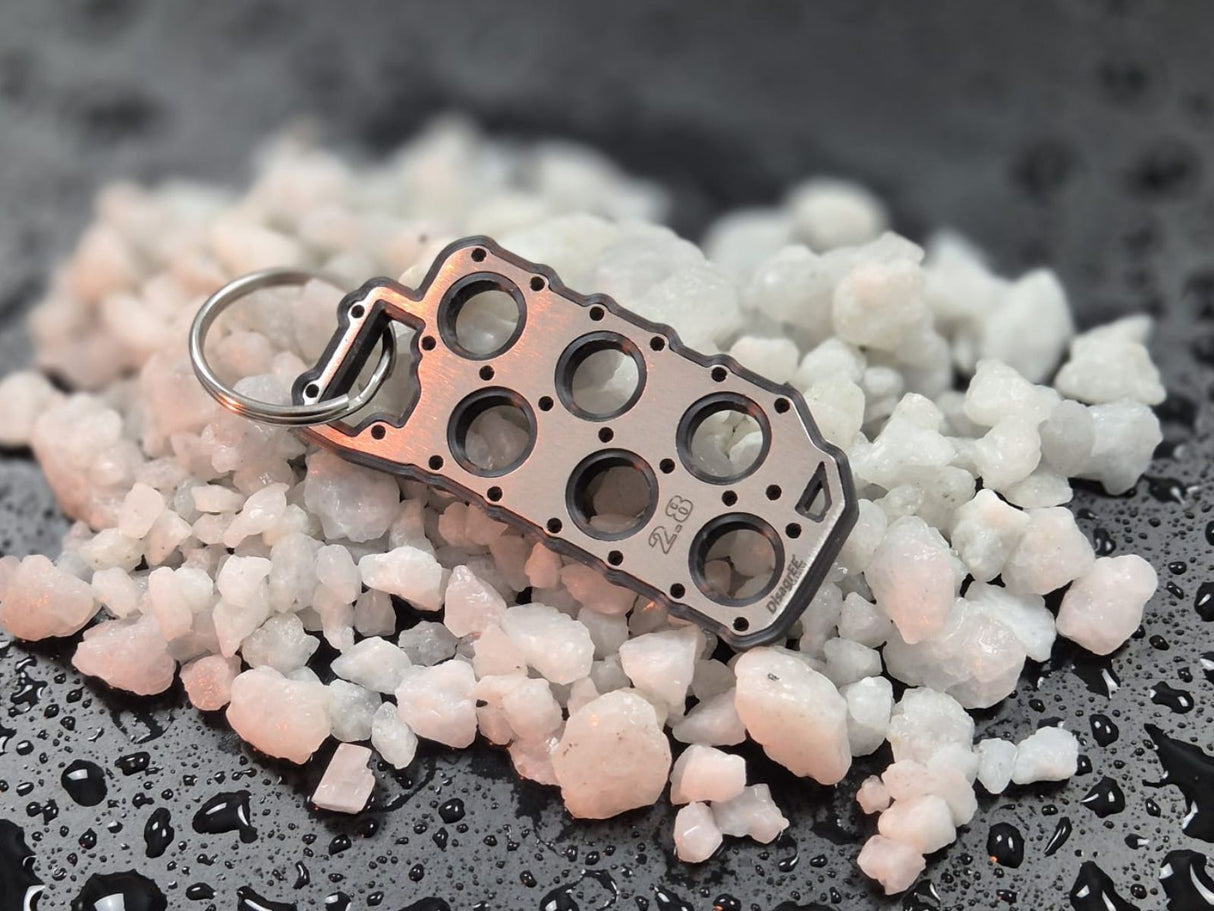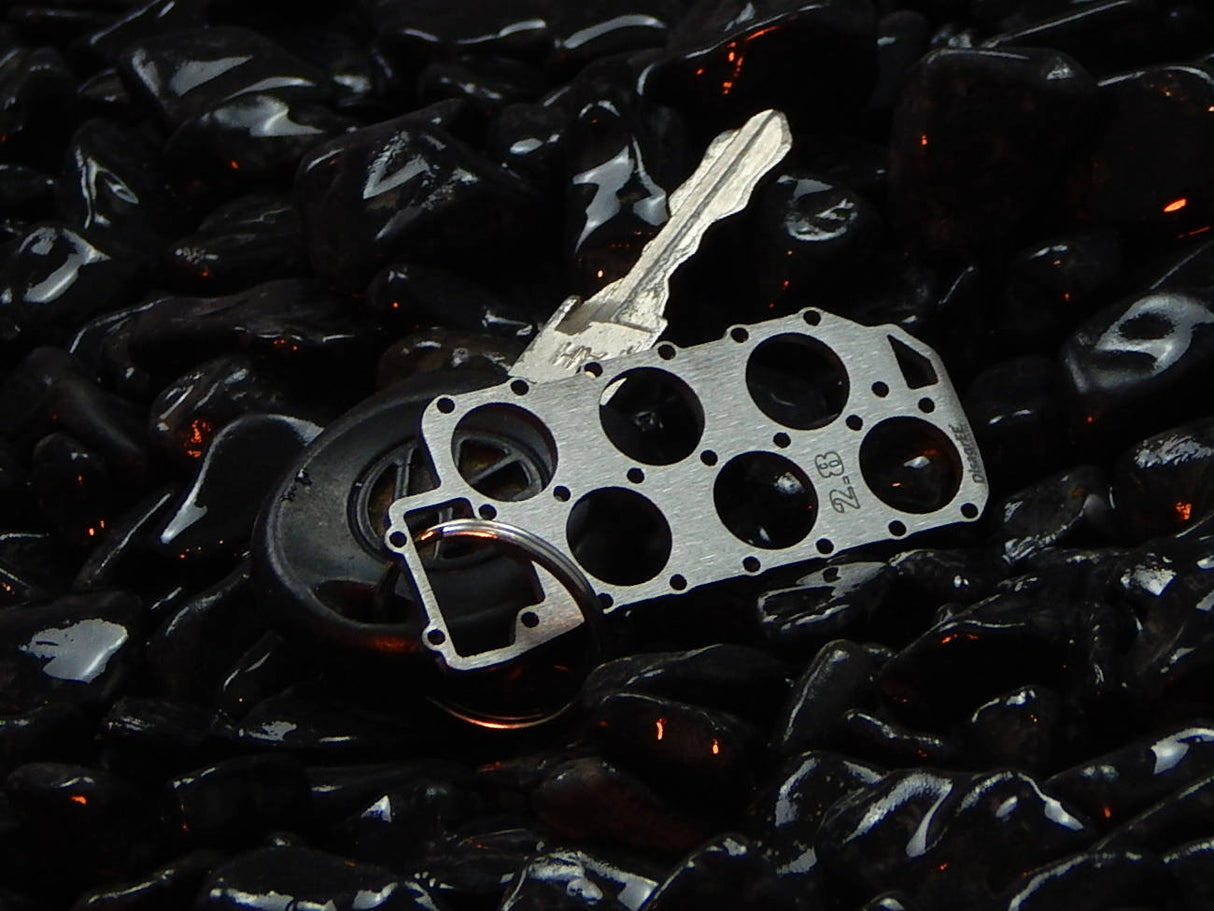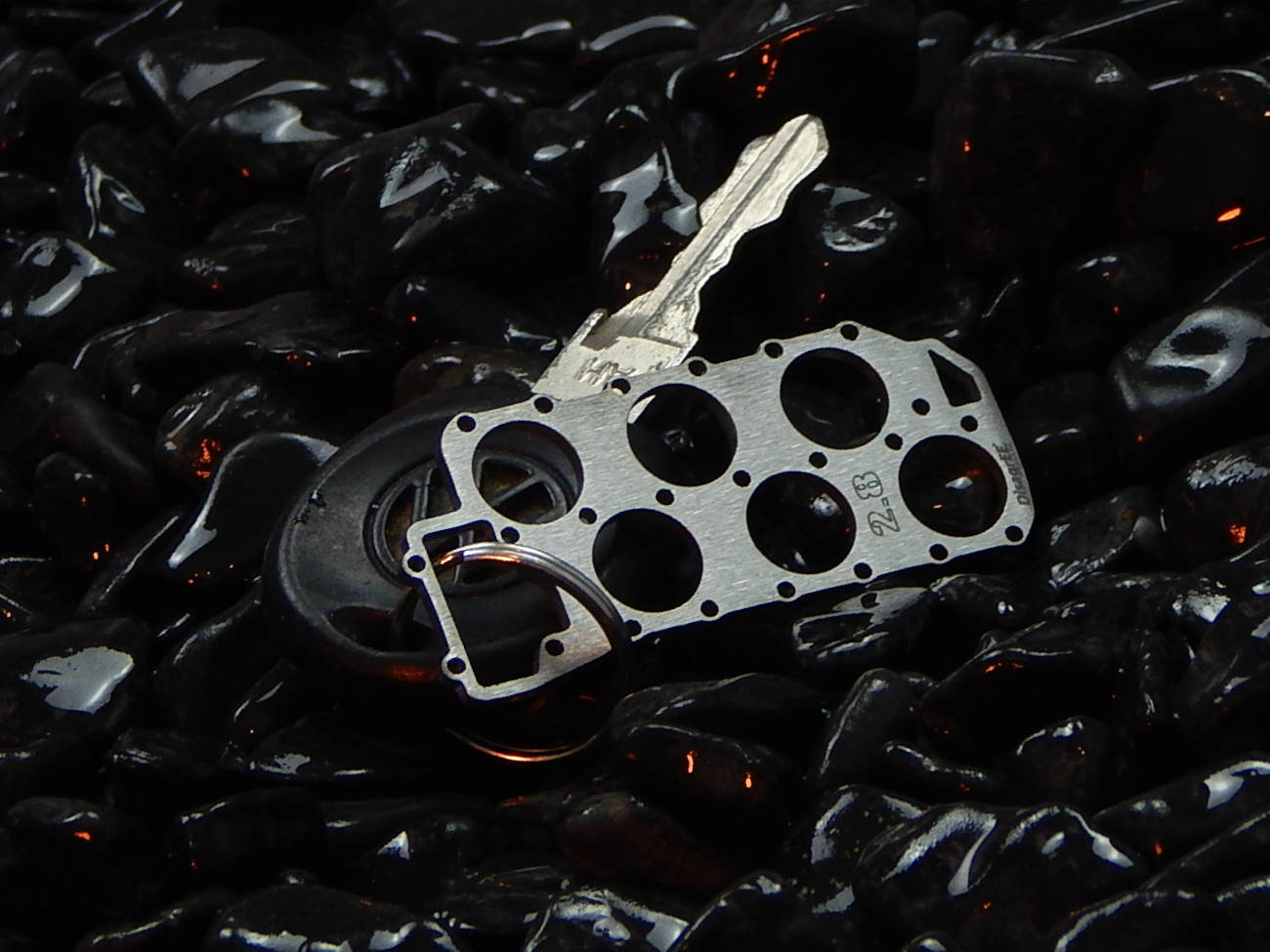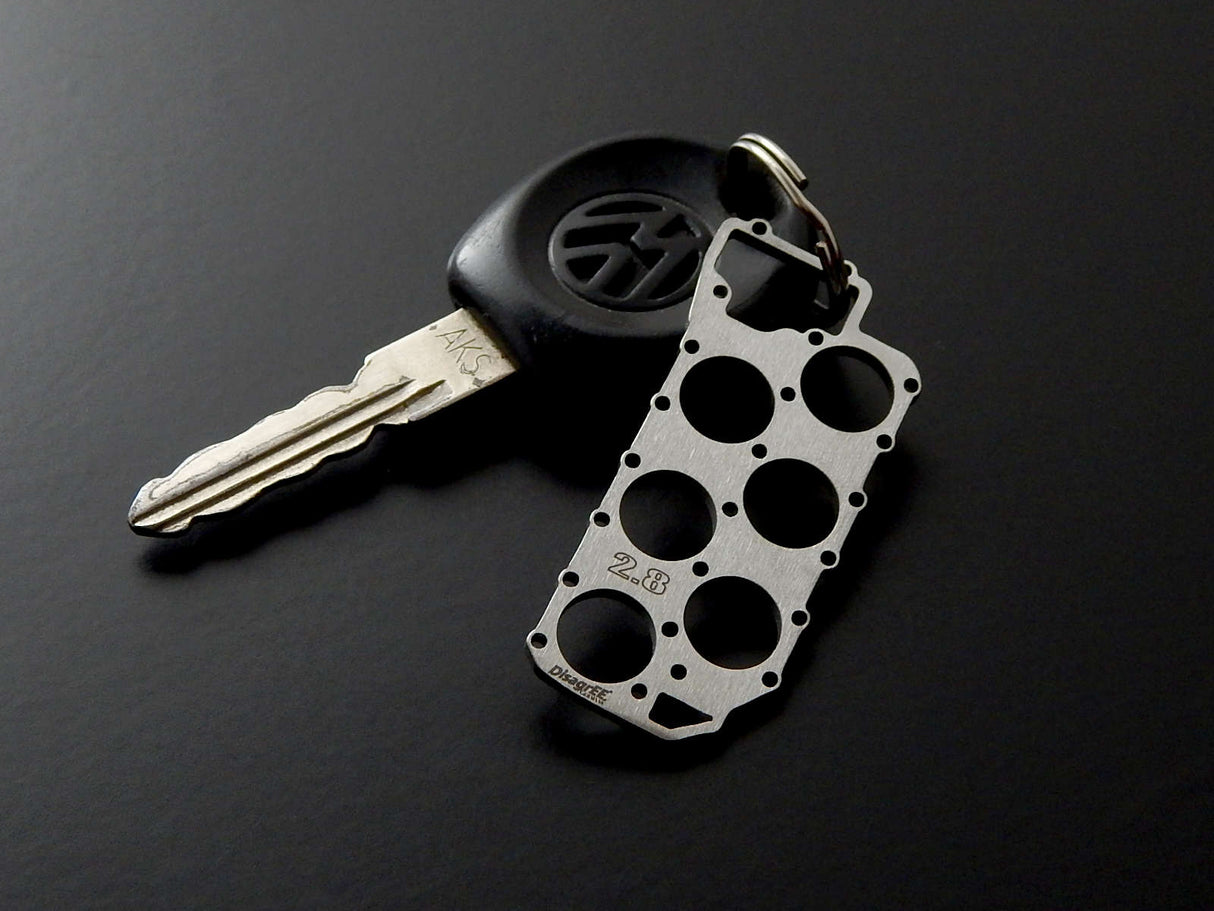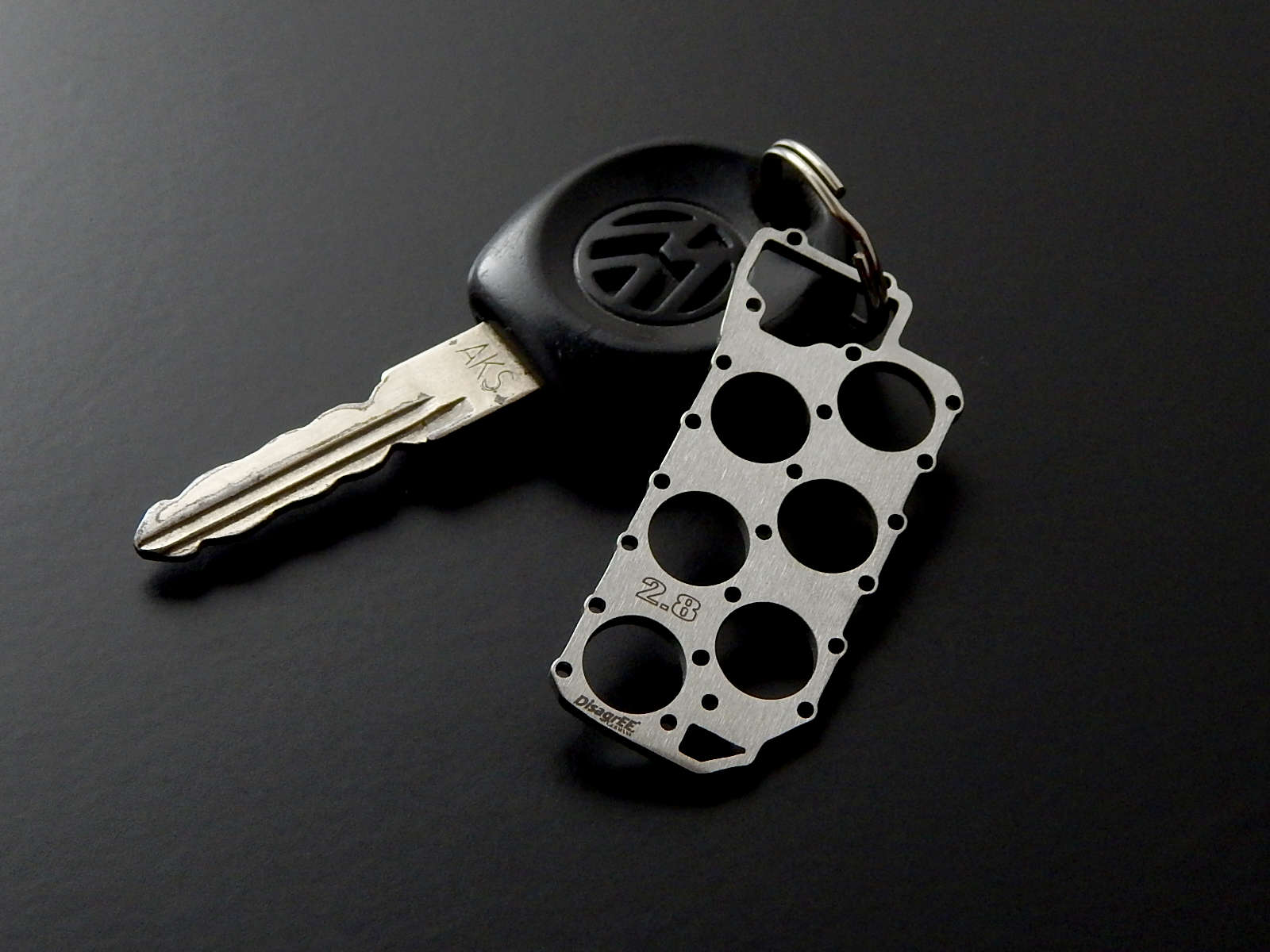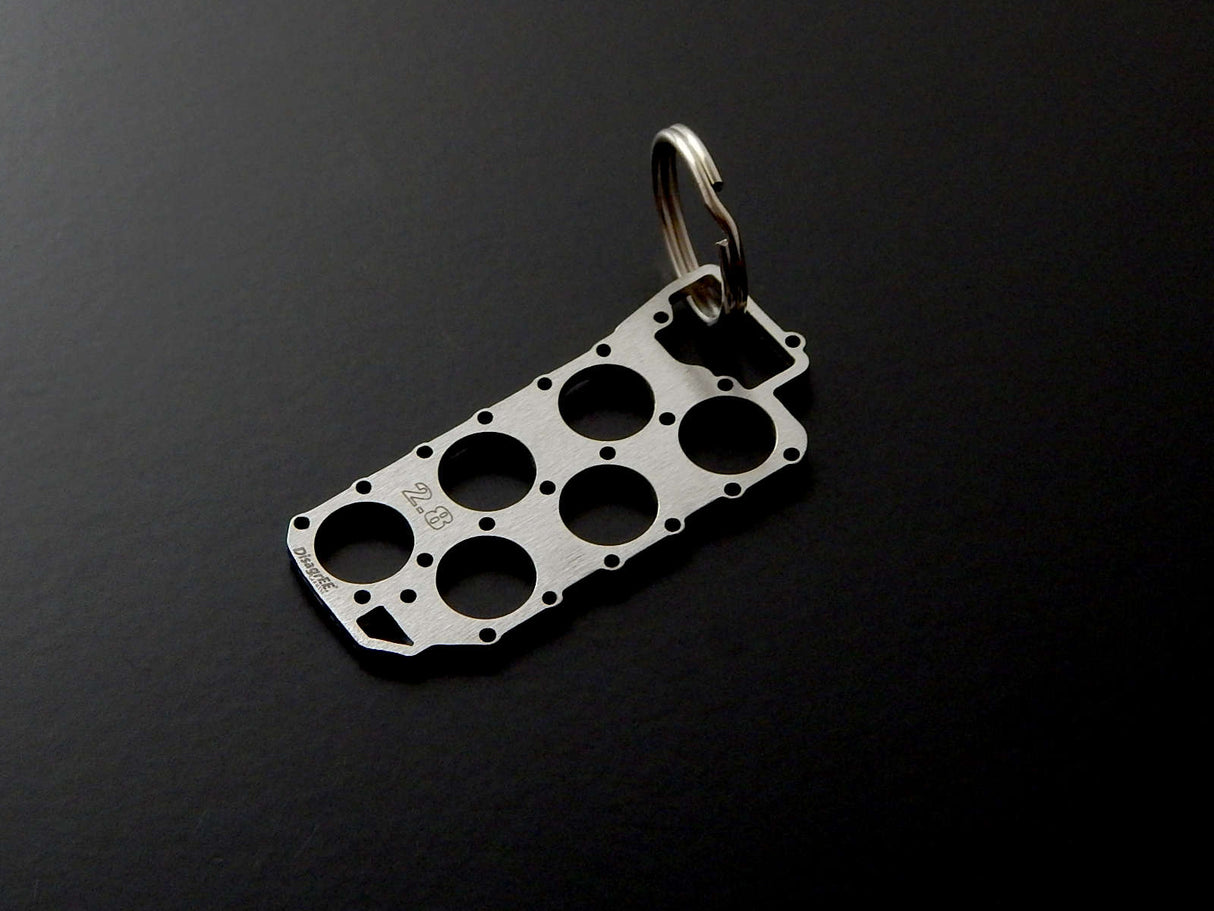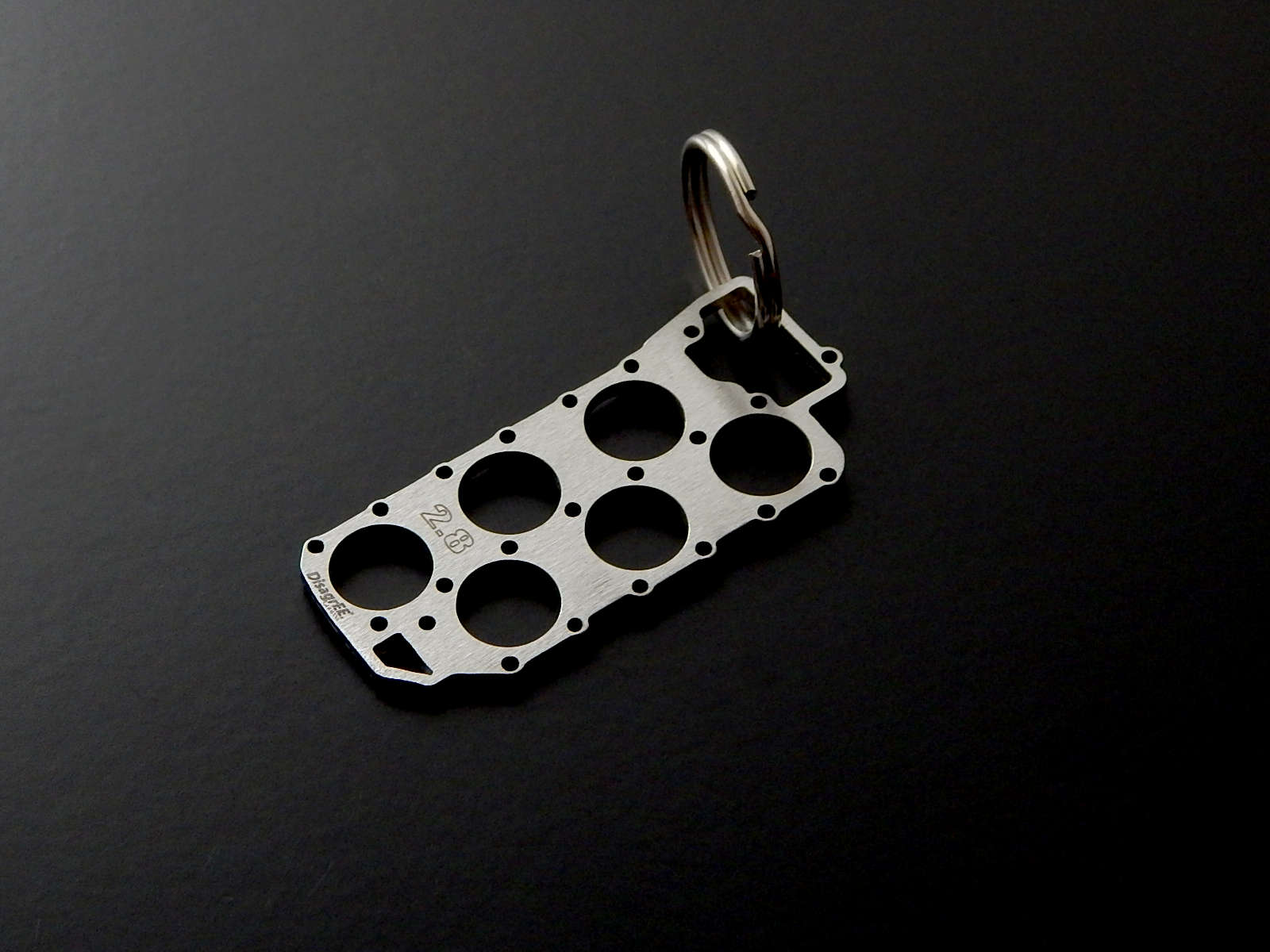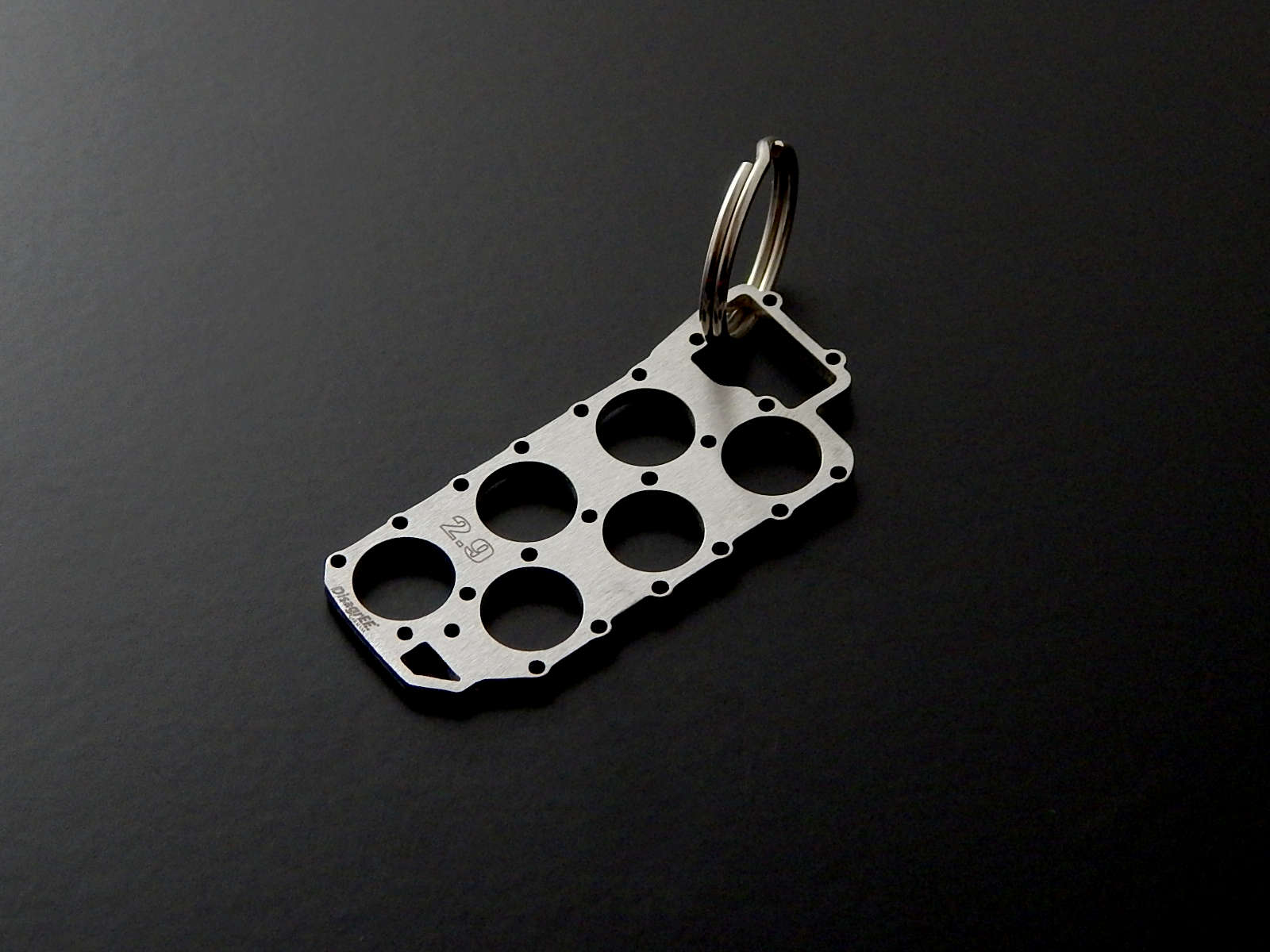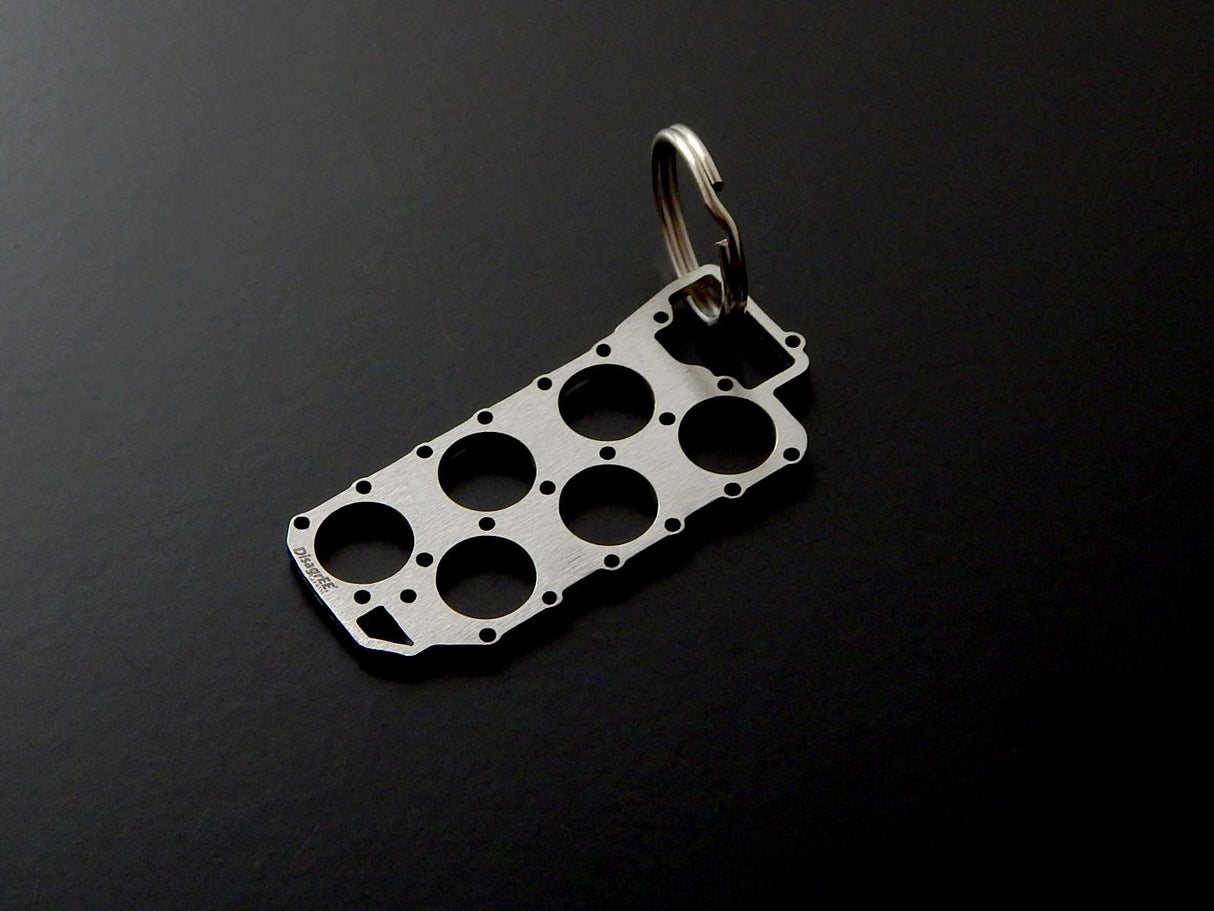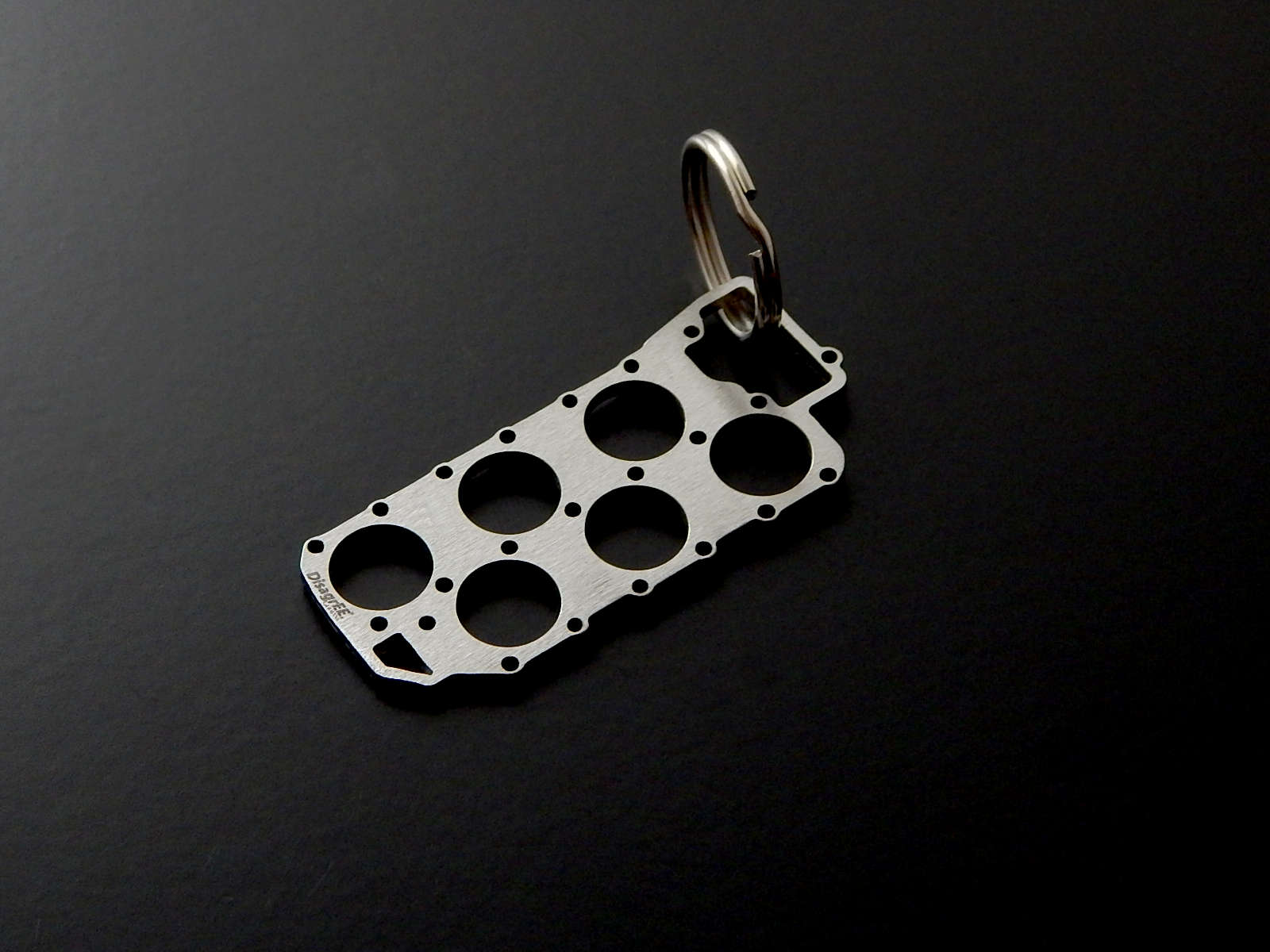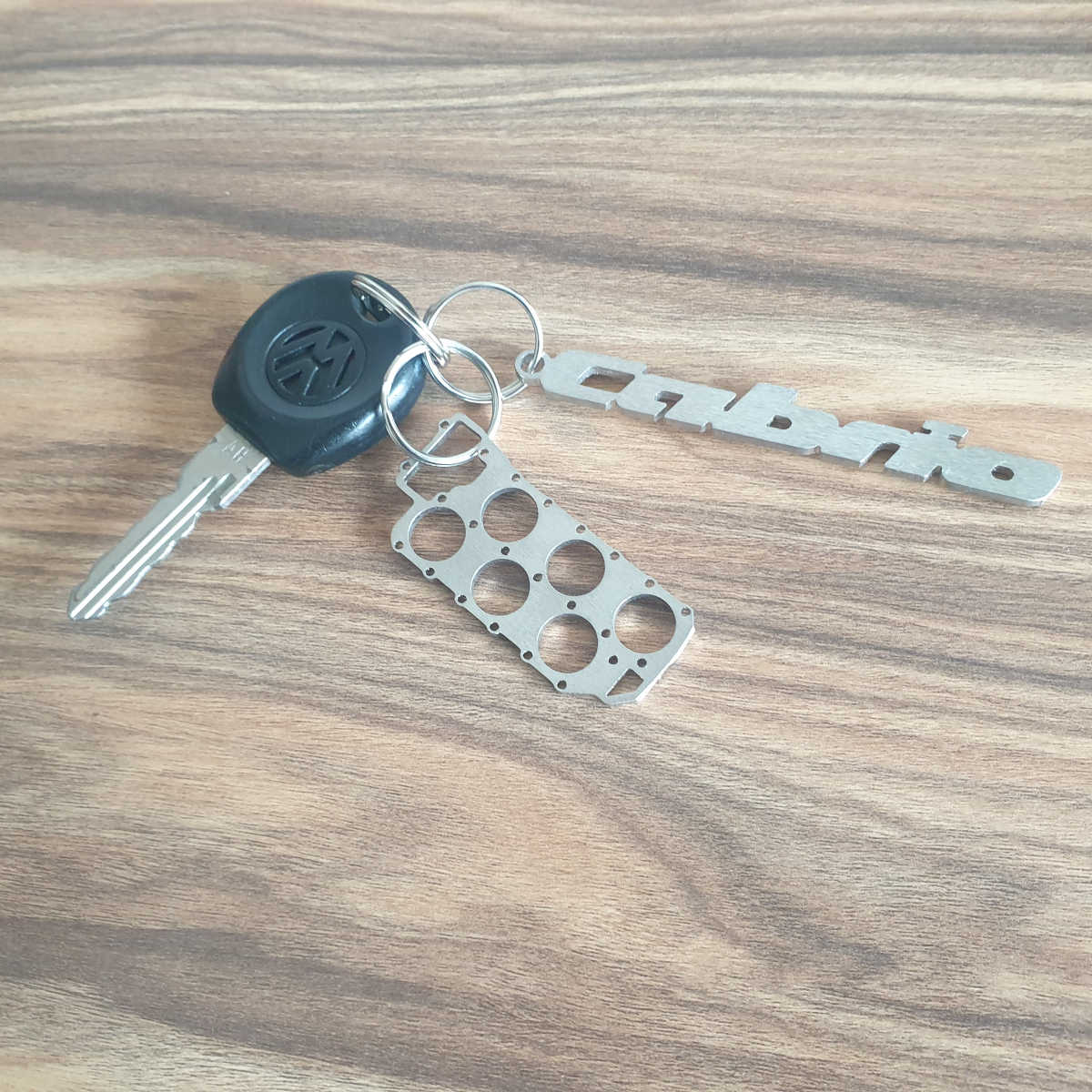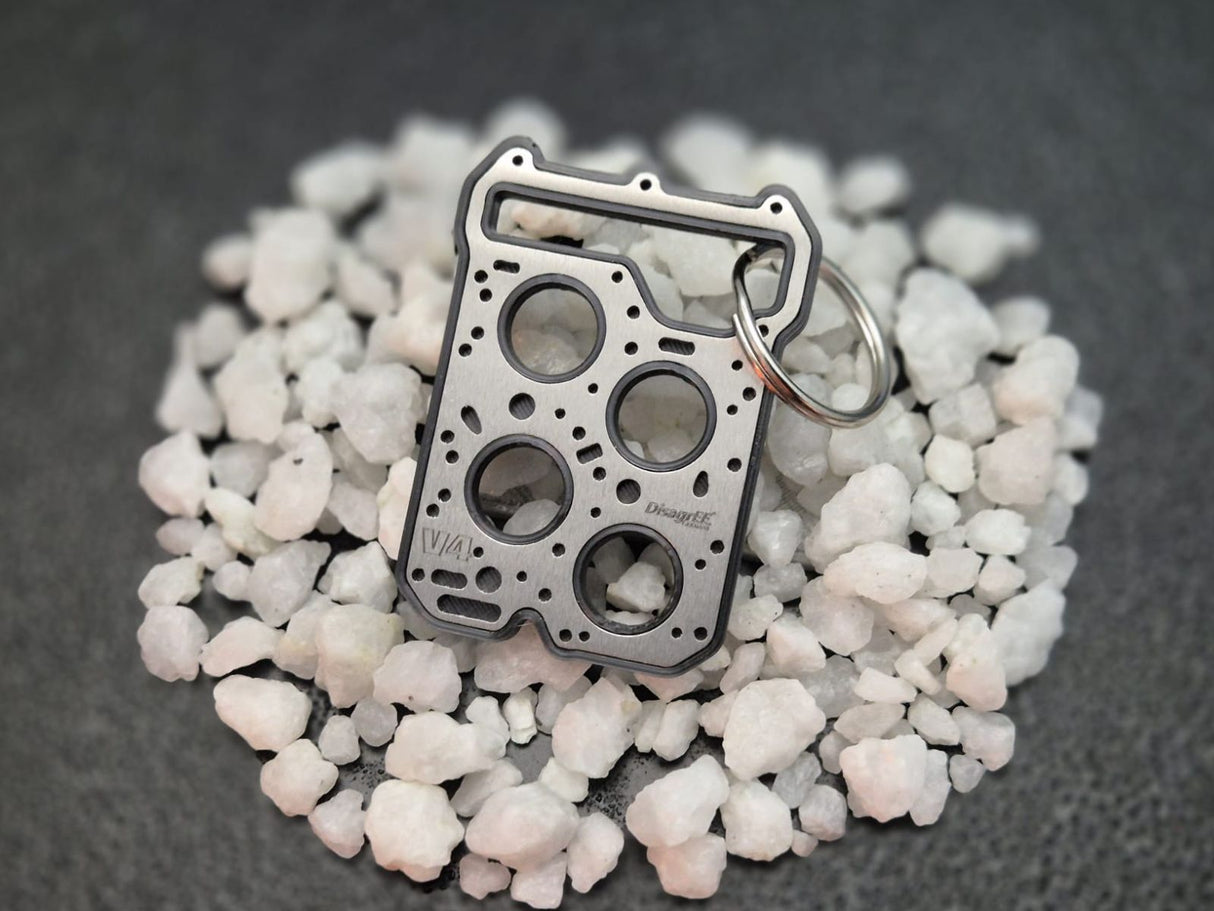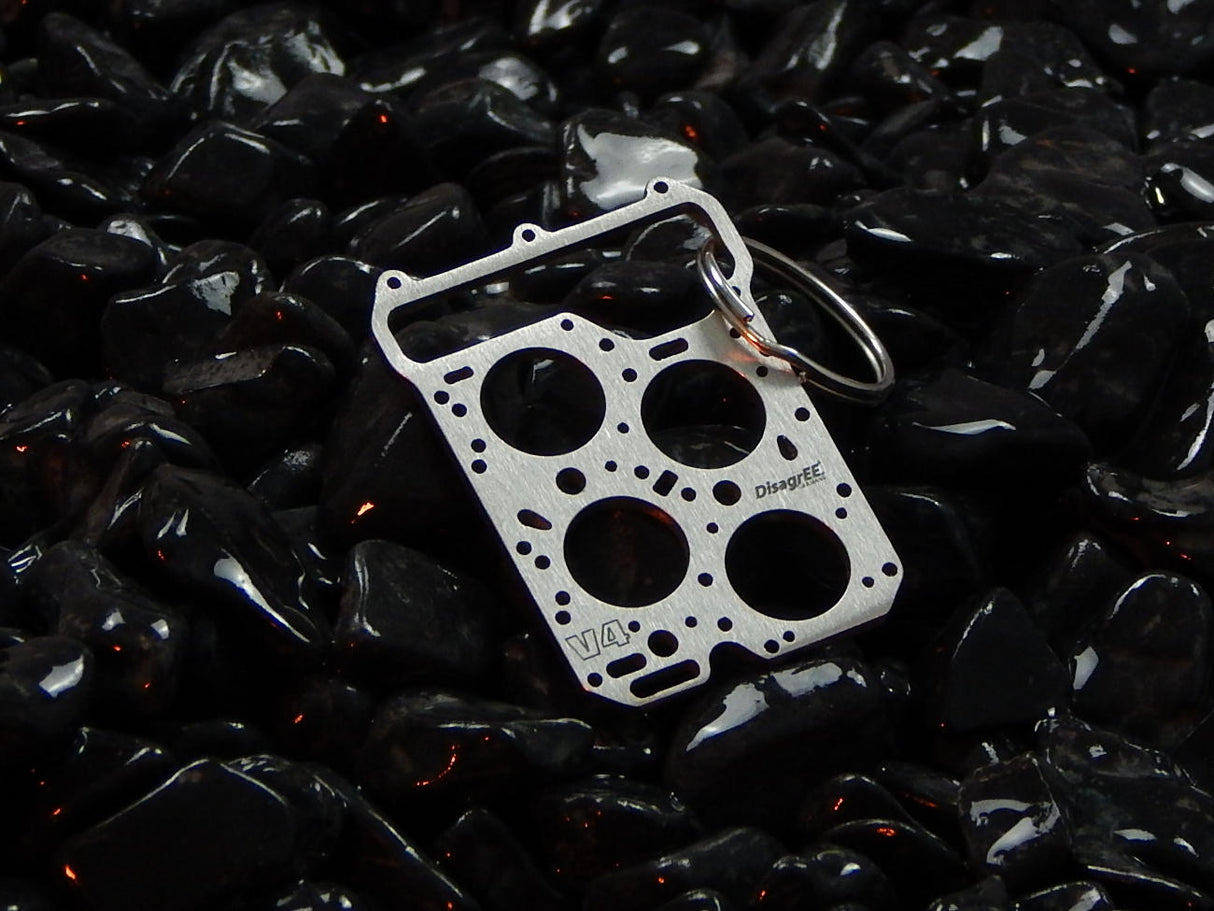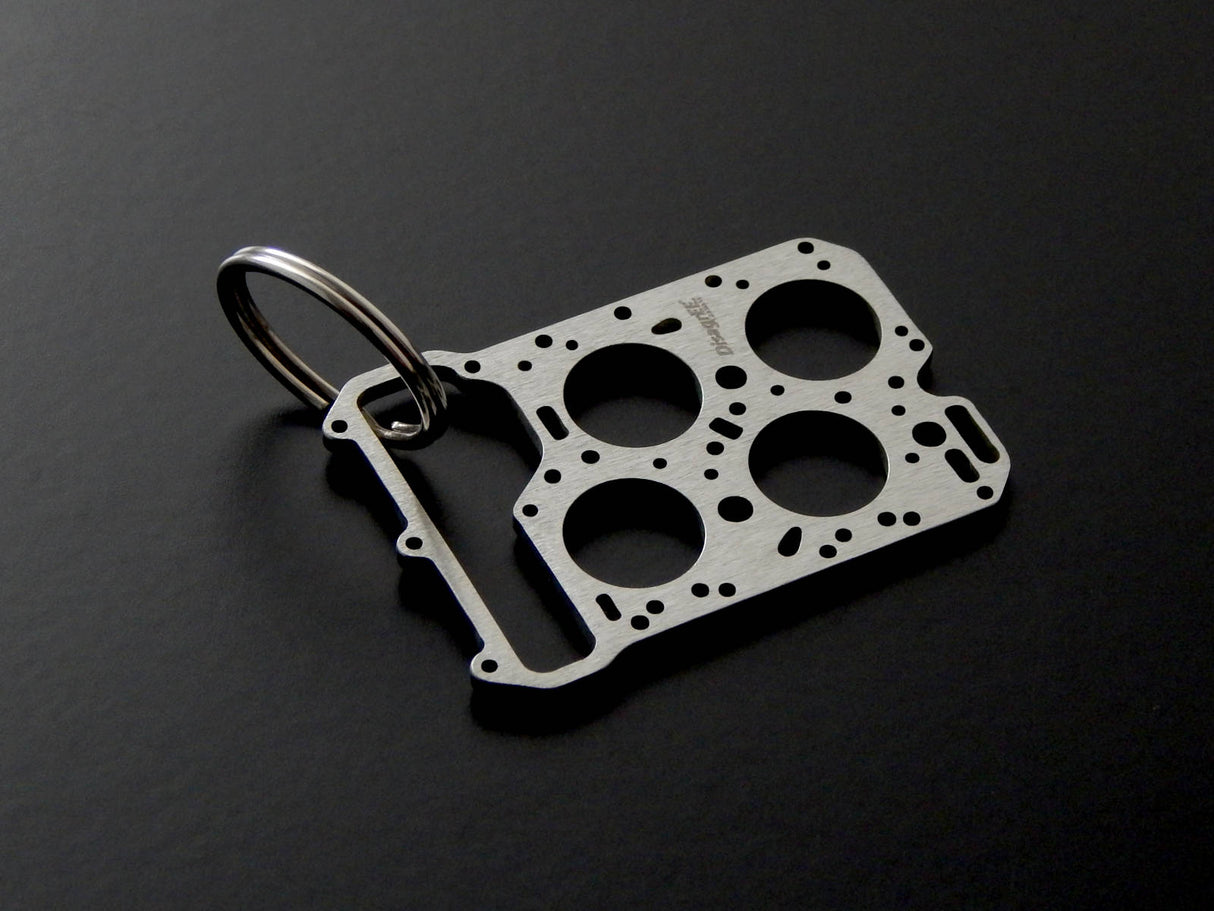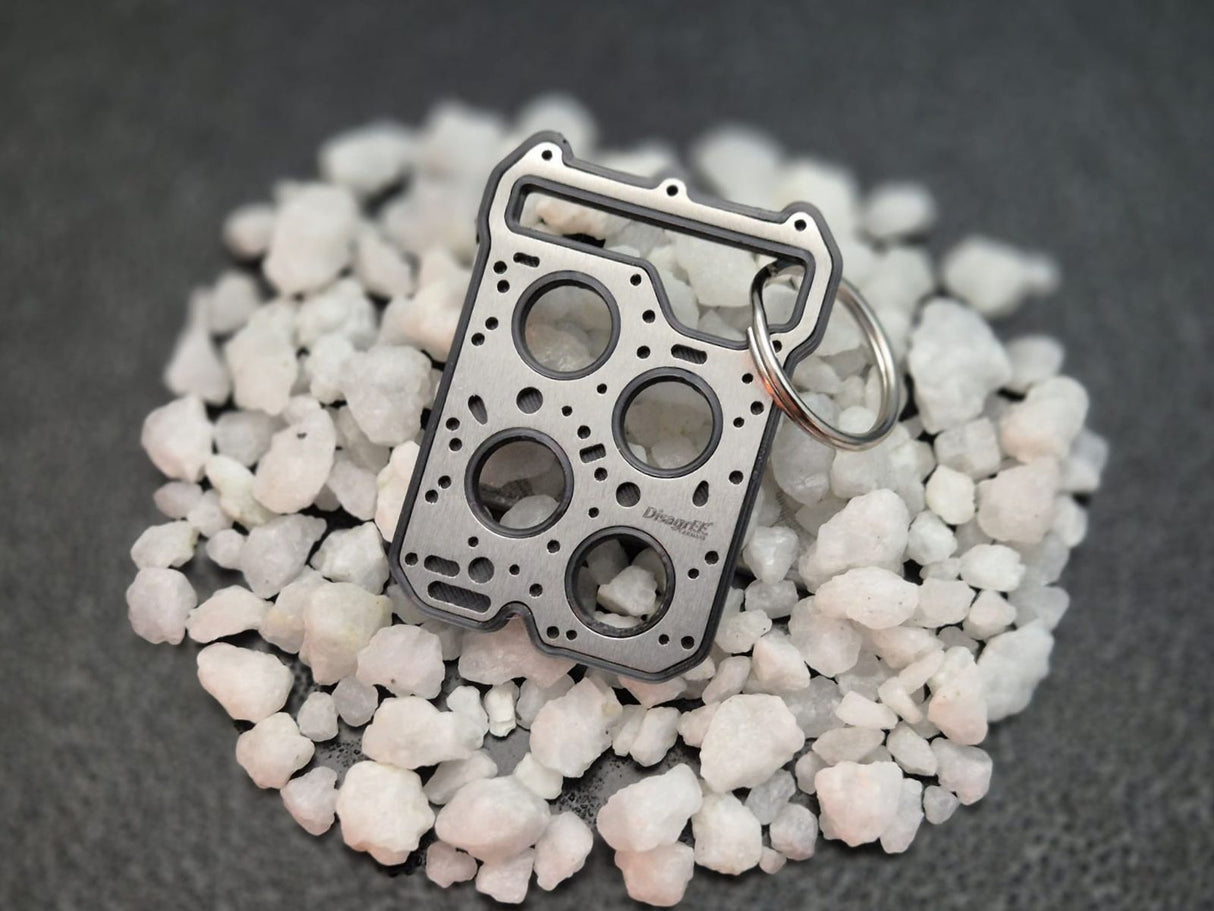Tightly Packed Engineering – the VR6 Engine
Volkswagen’s 2.8 and 2.9 liter VR6 engines, launched in the early 1990s, were nothing short of engineering brilliance: a six-cylinder engine compact enough to fit transversely in front-wheel-drive cars. The “VR” stands for "V-Reihenmotor" – a blend of V-engine and inline layout using a single cylinder head.
A Unique Technical Approach
With a narrow 15° angle between the cylinder banks, the VR6 offered a compact size without sacrificing smoothness. It featured a single overhead camshaft (SOHC), driven by a timing chain, and a shared aluminum head for all six cylinders.
With a bore and stroke of 81 x 90.3 mm (2.8L) and 82 x 90.3 mm (2.9L), these engines delivered between 174 and 190 hp, combined with a unique sound signature thanks to their firing order and internal geometry.
A Concept with Heritage
Interestingly, the basic concept behind the VR layout – narrow-angle cylinders with a shared head – originally comes from Lancia. In the 1960s, the Lancia Fulvia used a compact narrow-angle V4 engine with a similar design idea. We also offer this engine as a miniature head gasket keychain.

Typical Weaknesses – and Fixes
Like many legends, the VR6 had some quirks:
-
Head gasket failures due to thermal load
-
Timing chain stretch with cold-start rattles
-
Cooling issues if the system is neglected
With proper maintenance and quality parts, these issues can be well-managed.
Installed In (Selection):
-
VW Corrado VR6 (2.9L)
-
VW Golf III VR6 (2.8L)
-
VW Passat B4 VR6
-
VW Sharan / Ford Galaxy (2.8L)
-
VW Transporter T4 (2.8L)

A Head Gasket Like No Other
Once you've seen the VR6 head gasket, you'll never forget it: it´s distinctive. Our VR6 keychain captures this clever design in miniature.


